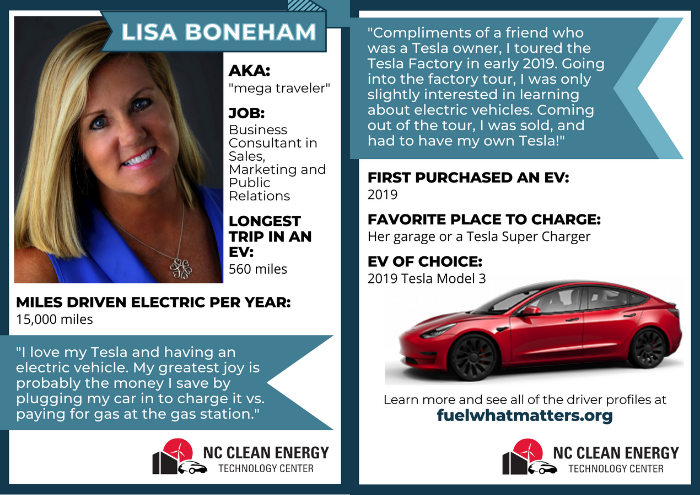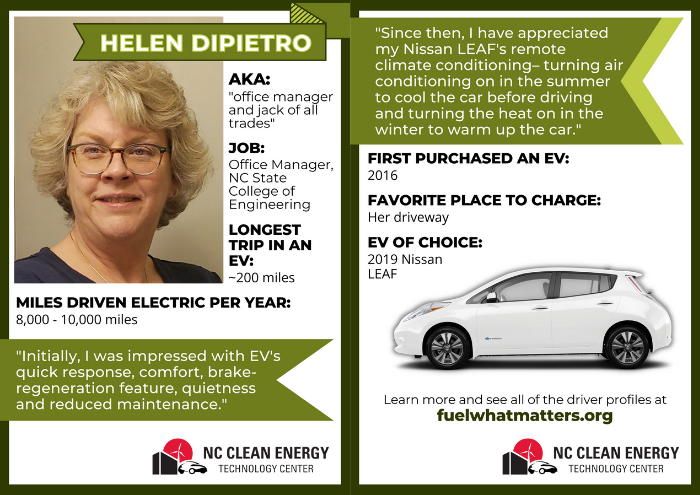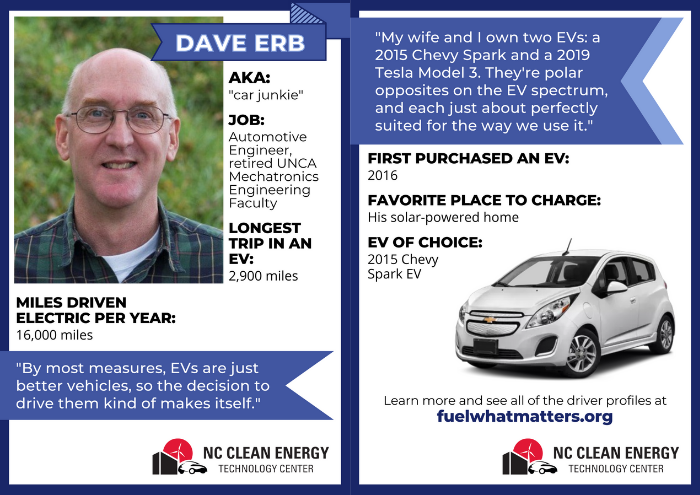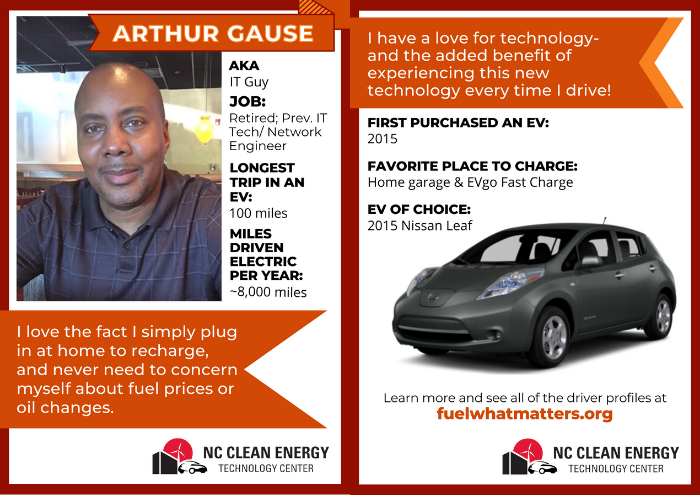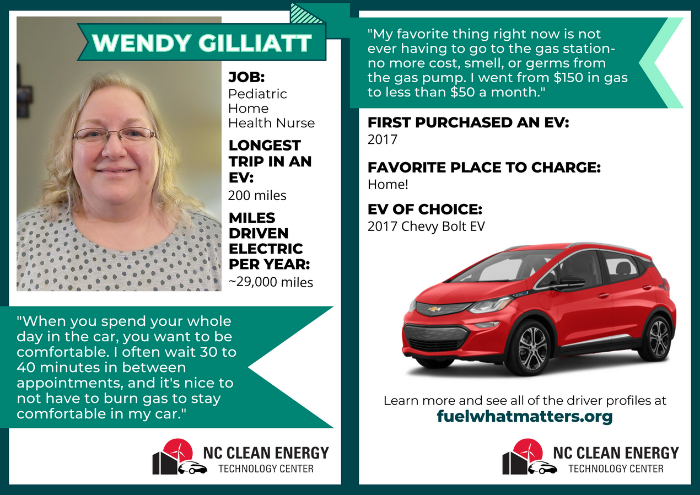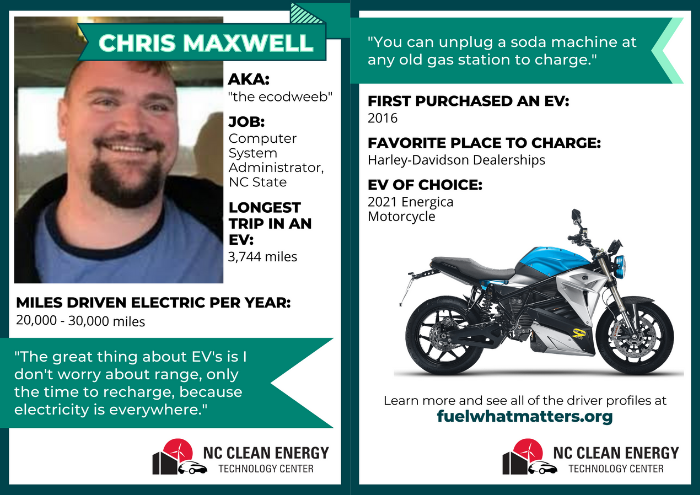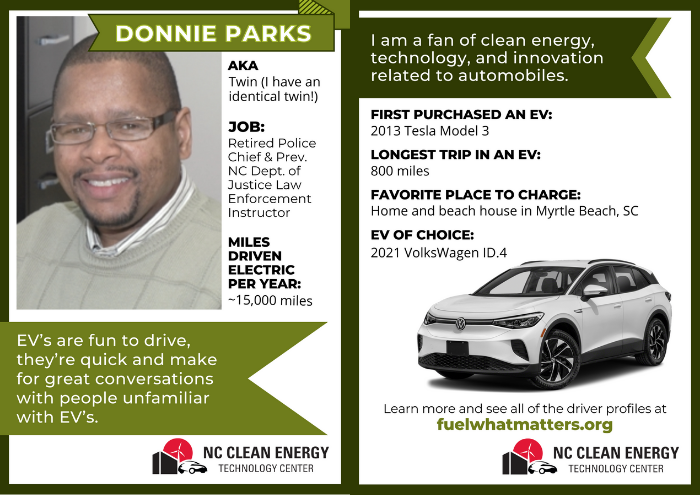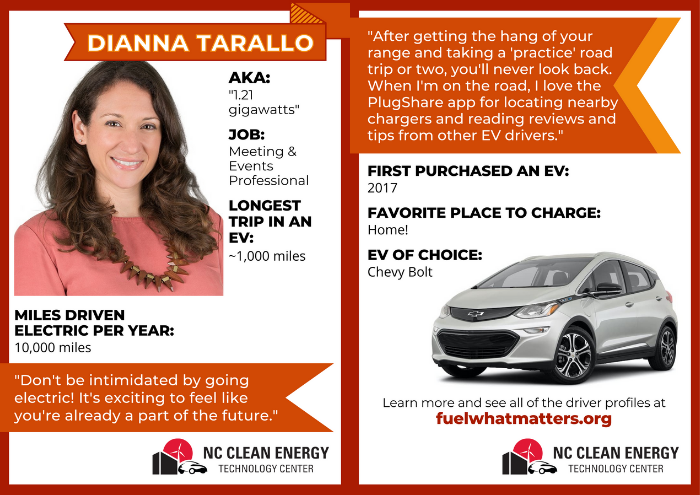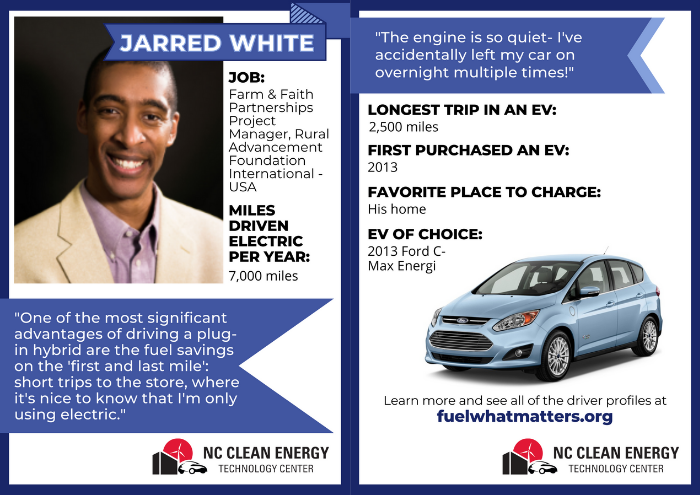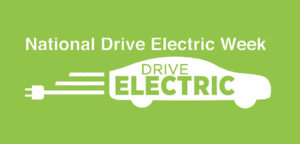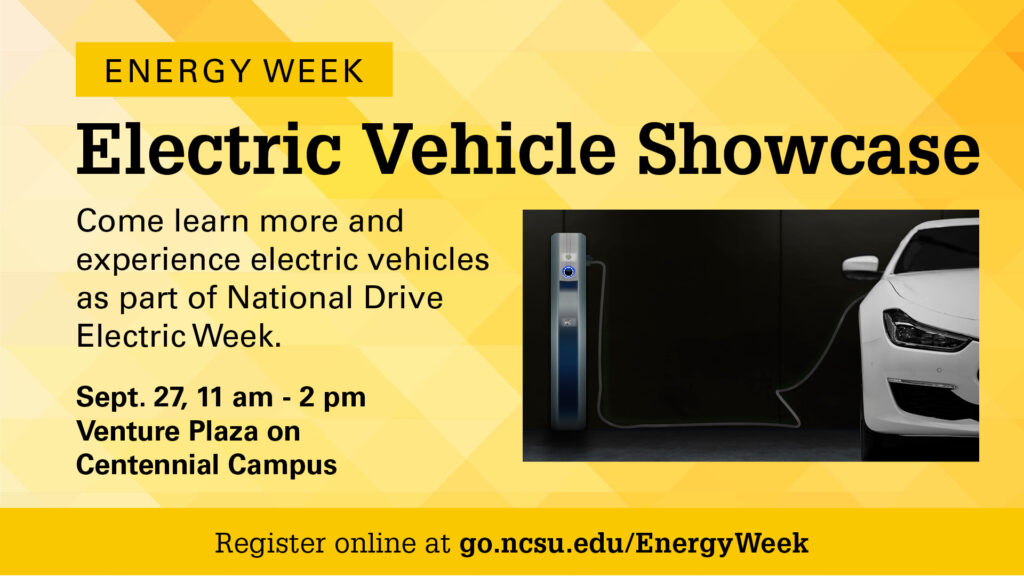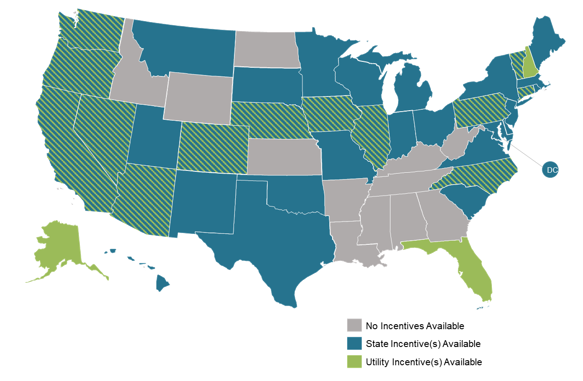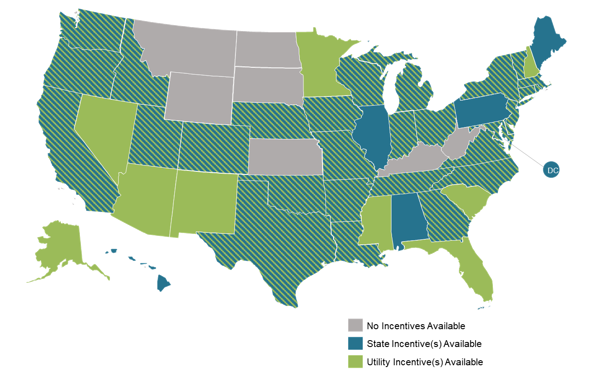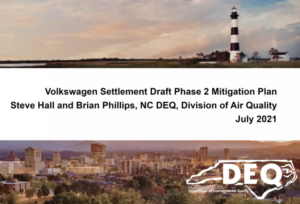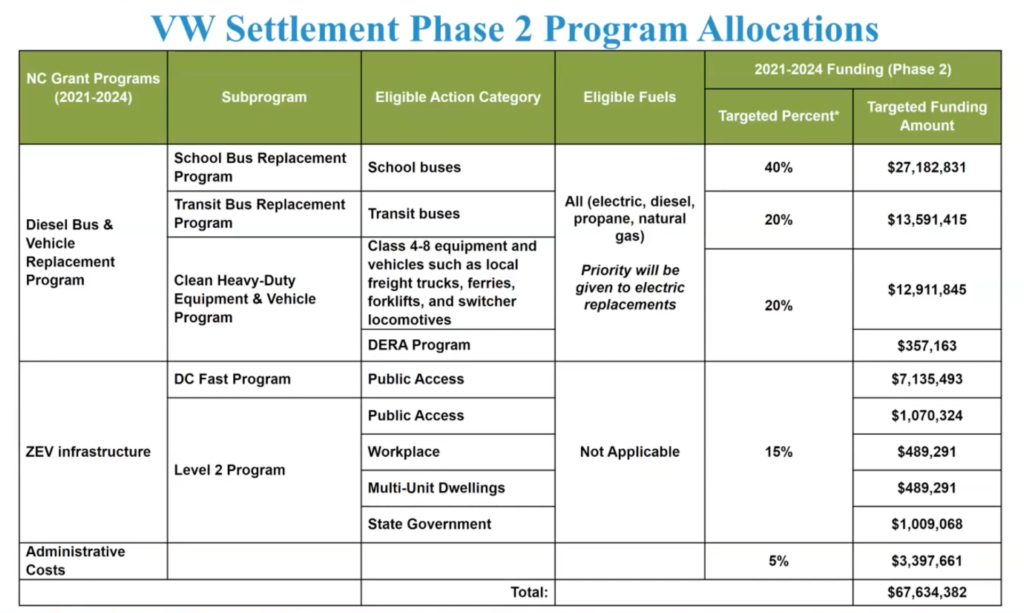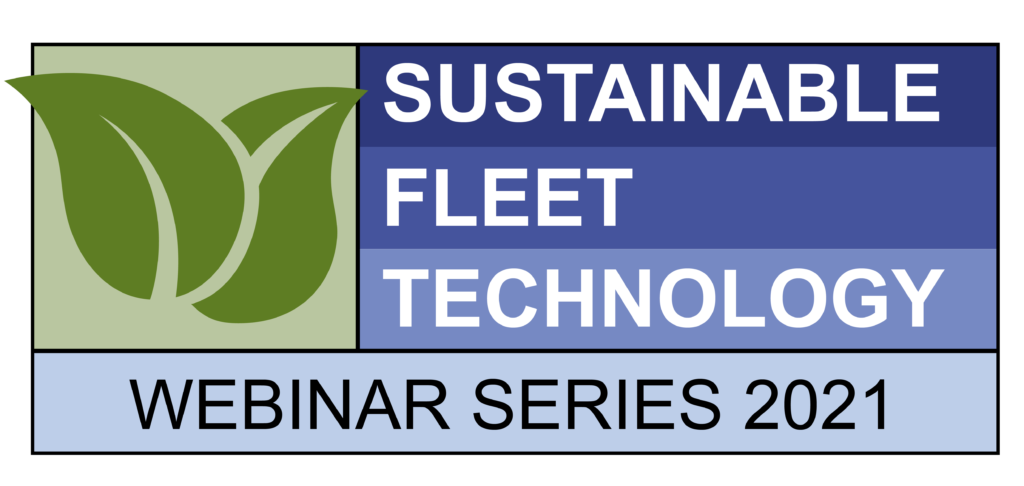 The 2021 Sustainable Fleet Technology Webinar Series came to an end last month after bringing together industry leaders and top performing fleet managers to share real-world deployment examples of sustainable fleet technologies through 15 webinar sessions. The full webinar recordings are now available online, including strategies for achieving fleet management from nationally recognized fleets.
The 2021 Sustainable Fleet Technology Webinar Series came to an end last month after bringing together industry leaders and top performing fleet managers to share real-world deployment examples of sustainable fleet technologies through 15 webinar sessions. The full webinar recordings are now available online, including strategies for achieving fleet management from nationally recognized fleets.
The 2021 Sustainable Fleet Technology Webinar Series (SFTWS) was offered through a collaborative partnership between the NC Clean Energy Technology Center (NCCETC), The 100 Best Fleets and NAFA Fleet Management Association (NAFA). “The fleet operations and strategies shared in the SFT Webinar Series are the gold standard in the industry,” said Richard Sapienza, director of NCCETC’s Clean Transportation program.
 Each SFTWS session included in-depth presentations from fleets honored in The 100 Best Fleets in the Americas, an award program that recognizes peak-performing fleet operations in the government fleet section. Originally founded by Tom C. Johnson, The 100 Best Fleets was acquired by NAFA earlier this year to expand their awards and recognition programs.
Each SFTWS session included in-depth presentations from fleets honored in The 100 Best Fleets in the Americas, an award program that recognizes peak-performing fleet operations in the government fleet section. Originally founded by Tom C. Johnson, The 100 Best Fleets was acquired by NAFA earlier this year to expand their awards and recognition programs.
The first session of SFTWS, 4 Essential Traits for 2021 & Beyond, highlighted 3 fleet managers who successfully increased fleet efficiency, productivity and operational effectiveness, propelling their fleets into The 100 Best Fleets. The webinar panel included the only fleet manager to take 3 different fleets into the top 100, a manager of a first place winner of The 100 Best Fleets and one who was in The 100 Best Fleets for 20 years straight.
The top 100 best fleets in the Americas for 2021 winners were announced in a SFTWS webinar in April, celebrating the hard work and accomplishments of top fleets and their teams. In Best Practices of the Top Fleets of The 100 Best Fleets 2021, the top fleets shared how they distinguished themselves among 38,000 public fleets in North America.
“These sessions are intended for the entire team to listen in,” Sapienza said. “Fleets can use it as an opportunity to benchmark their operations with knowledge that can be applied immediately.”
The SFTWS also included several sessions focused on alternative fuels including electric vehicles. In the United States, public and private fleets are taking steps toward transitioning away from conventional fuel vehicles but still have uncertainties about the complex process of electrification. While electric vehicle (EV) adoption is forecasted to expand for private citizens, fleets with thousands of vehicles have many more steps to take before they will be able to phase out old vehicles.
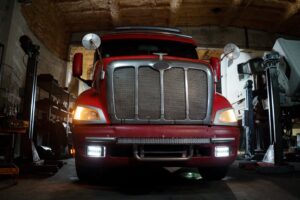 Fleet managers can learn more about the comprehensive involvement needed to plan, coordinate, budget and execute fleet electrification from a panel of experts in the session Fleet Electrification Planning. “Electrification is inevitable, it’s coming,” said Electrification Coalition’s Jared Walker. “We want to be a resource to provide best practices, strategy, market forecasting and all manners of assistance to our partners as they’re going through this transition.”
Fleet managers can learn more about the comprehensive involvement needed to plan, coordinate, budget and execute fleet electrification from a panel of experts in the session Fleet Electrification Planning. “Electrification is inevitable, it’s coming,” said Electrification Coalition’s Jared Walker. “We want to be a resource to provide best practices, strategy, market forecasting and all manners of assistance to our partners as they’re going through this transition.”
Several EV deployment cases were presented in Real World EV Durability, Long Term Maintenance & Operating Cases and Electric Vehicle Use Case Deployment Examples to share lessons and methods for successful EV deployment from the fleets already doing it.
ENVIRONMENTALLY-FRIENDLY FLEET MAINTENANCE & OPERATIONS FROM THE 2021 GREEN GARAGE WINNERS
The Green Garage Contest Winners Announcement 2021 concluded the SFTWS by highlighting the innovative and simple ways to “green the maintenance garage”. Winning contestants showed comprehensive top to bottom commitment to green vehicle maintenance and environmentally friendly facilities features and systems.
The Green Garage Contest, organized by NAFA, first launched in 2020 with support from NCCETC, No Spill Systems, RinseKit and the United Soybean Board. The contest was created to bring together the most progressive and environmentally-committed fleets to share the best practices for eco-friendly vehicle fleet maintenance garages.
Tom C. Johnson, author of the Green Fleet Awards and the Green Garage Contest, is the Director of the Green Garage Contest. The winners of the contest are the “best of the best stewards of the environment” Johnson said.
AND THE WINNER IS…
 The Central Fleet Management (CFM) department in the City of Chesapeake, Virginia tied with the University of California Irvine Fleet Services for the Green Garage’s number one fleet for 2021.
The Central Fleet Management (CFM) department in the City of Chesapeake, Virginia tied with the University of California Irvine Fleet Services for the Green Garage’s number one fleet for 2021.
Previously, CFM ranked as the number one fleet for The 100 Best Fleets in 2017 for its guiding goals of operating an environmentally sound fleet, preventing the wasteful use of our resources and practicing environmental stewardship.
CFM prides itself on setting the example for sustainable operations, and it became the first department in the city to start a recycling program in 2005. According to the Fleet Manager George Hrichak, the recycling program has generated over $190,000 in revenue so far.
The University of California Irvine is also no stranger to sustainability, earning second place in the 2020 Green Garage Contest for its research on electric buses powered by hydrogen fuel cells. “They are leaders in hydrogen,” noted Johnson.
2021 GREEN GARAGE CONTEST TOP 10 FLEETS:
- Tie
| Central Fleet Management, City of Chesapeake, VA | The University of CA, Irvine |
- West Valley Construction, CA
- Miami-Dade County, ISD Fleet Management Division, FL
- Laketran, OH
- Village of Oak Park, IL
- University of California Davis Fleet Services
- NYC Parks Department, NY
- City of Long Beach, CA
- Cobb County Fleet Management, GA
Sustainable Fleet Technology Webinar Series 2021:
Click on the webinar titles below to watch the full recording.

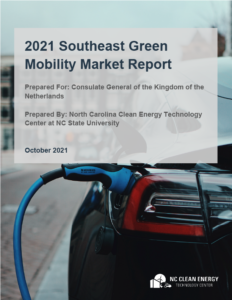 The State of the Green Mobility Industry in the Southeast: Market Trends and Policies Driving Transportation Electrification
The State of the Green Mobility Industry in the Southeast: Market Trends and Policies Driving Transportation Electrification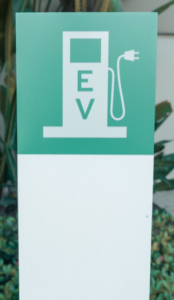 Florida, Georgia, North Carolina and South Carolina have become leaders in the deployment of EV charging infrastructure in the Southeast. Furthermore, Tennessee is showing great strength for fast charging deployment specifically, with the Department of Environment and Conservation working in partnership with the Tennessee Valley Authority to develop a statewide EV fast charging network.
Florida, Georgia, North Carolina and South Carolina have become leaders in the deployment of EV charging infrastructure in the Southeast. Furthermore, Tennessee is showing great strength for fast charging deployment specifically, with the Department of Environment and Conservation working in partnership with the Tennessee Valley Authority to develop a statewide EV fast charging network. The Policy & Markets team at NCCETC maintains the
The Policy & Markets team at NCCETC maintains the  For interested Dutch investors, the southeastern states with the greatest opportunity depend on which aspects of the green mobility industry best fit the interests of Dutch companies, according to the report. One of the largest cross-cutting trends for the region is the importance of the automotive industry. “Most of the states in the Southeast are home to either vehicle assembly plants or automotive supply chain manufacturers,” said Heather Brutz, one of the report’s authors and Finance & Operations Manager for NCCETC’s Clean Transportation program.
For interested Dutch investors, the southeastern states with the greatest opportunity depend on which aspects of the green mobility industry best fit the interests of Dutch companies, according to the report. One of the largest cross-cutting trends for the region is the importance of the automotive industry. “Most of the states in the Southeast are home to either vehicle assembly plants or automotive supply chain manufacturers,” said Heather Brutz, one of the report’s authors and Finance & Operations Manager for NCCETC’s Clean Transportation program.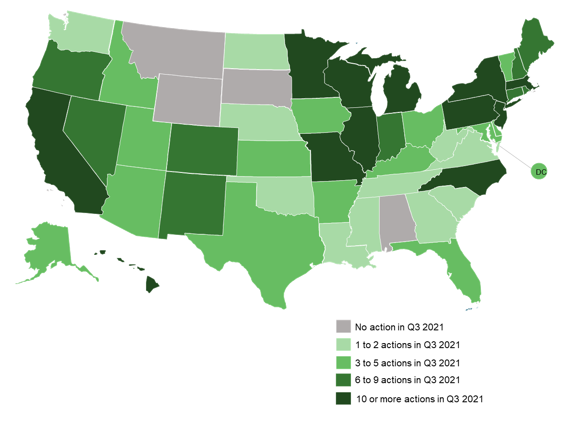
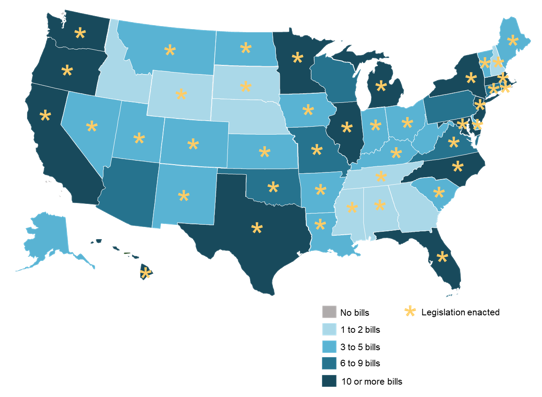
 Attendees of the webinar heard from a panel of experts including David Dunn, Division Manager of the Fleet & Facilities management Division for the City of Orlando, Florida. Dunn emphasized the critical roles public fleets have in leading the EV revolution and being the agent of change, from installation and maintenance of infrastructure to creating solutions for grid vulnerability.
Attendees of the webinar heard from a panel of experts including David Dunn, Division Manager of the Fleet & Facilities management Division for the City of Orlando, Florida. Dunn emphasized the critical roles public fleets have in leading the EV revolution and being the agent of change, from installation and maintenance of infrastructure to creating solutions for grid vulnerability.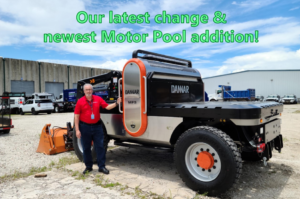 “This [MPS] is a charger, this is a generator, this is a work platform, this is a power station,” Dunn explained. “This is one way to attack the grid vulnerability issue, because you can charge several vehicles off of this one if you need to.”
“This [MPS] is a charger, this is a generator, this is a work platform, this is a power station,” Dunn explained. “This is one way to attack the grid vulnerability issue, because you can charge several vehicles off of this one if you need to.”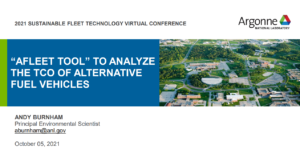 One of the speakers from this webinar was Andrew Burnham from the Argonne National Laboratory which supports the U.S. Department of Energy’s Clean Cities Program. Argonne has developed the Alternative Fuel Life-Cycle Environmental and Economic Transportation (AFLEET) tool. The AFLEET spreadsheet was designed to examine light and heavy duty vehicles for metrics like petroleum use, greenhouse gas emissions and more to find the total cost of ownership.
One of the speakers from this webinar was Andrew Burnham from the Argonne National Laboratory which supports the U.S. Department of Energy’s Clean Cities Program. Argonne has developed the Alternative Fuel Life-Cycle Environmental and Economic Transportation (AFLEET) tool. The AFLEET spreadsheet was designed to examine light and heavy duty vehicles for metrics like petroleum use, greenhouse gas emissions and more to find the total cost of ownership.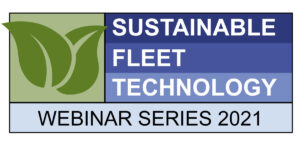 Currently, the clean transportation team is hosting weekly webinars through the
Currently, the clean transportation team is hosting weekly webinars through the 
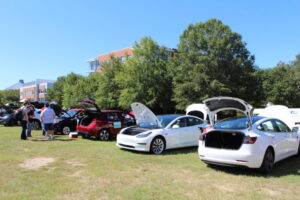 As with any new technology, people often have questions before they make the switch to driving electric, and National Drive Electric Week gives people the chance to interact with electric vehicles and ask EV drivers any questions they may have.
As with any new technology, people often have questions before they make the switch to driving electric, and National Drive Electric Week gives people the chance to interact with electric vehicles and ask EV drivers any questions they may have.  Those interested in going electric can also explore a variety of EVs and their drivers’ experiences driving electric in our
Those interested in going electric can also explore a variety of EVs and their drivers’ experiences driving electric in our  Electr
Electr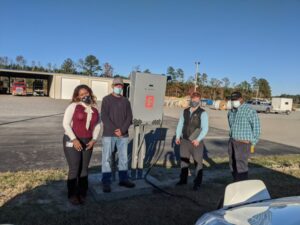 The
The 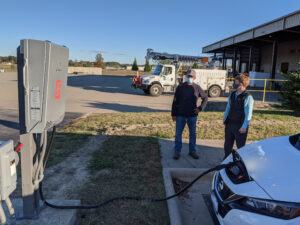 Roanoke Electric has also been able to demonstrate another application that V2X technology makes possible for improving energy assurance and reliability. REC’s facility has an on-site generator that allows it to isolate itself from the grid, and Fermata’s V2X charger can discharge the Nissan LEAF battery to partially power the facility either by dispatching stored energy when the site’s usage is highest, or by reacting to scheduled discharges for a set duration. The ability for smart charging to respond to an islanded load powered by the generator increases the resilience of sites that use generators as back-up power systems.
Roanoke Electric has also been able to demonstrate another application that V2X technology makes possible for improving energy assurance and reliability. REC’s facility has an on-site generator that allows it to isolate itself from the grid, and Fermata’s V2X charger can discharge the Nissan LEAF battery to partially power the facility either by dispatching stored energy when the site’s usage is highest, or by reacting to scheduled discharges for a set duration. The ability for smart charging to respond to an islanded load powered by the generator increases the resilience of sites that use generators as back-up power systems. As public and private fleets in the United States replace internal-combustion engine vehicles with EVs, integration of V2G technology could enable EVs to serve as energy reservoirs to help keep the grid running smoothly during demand peaks and during system outages.
As public and private fleets in the United States replace internal-combustion engine vehicles with EVs, integration of V2G technology could enable EVs to serve as energy reservoirs to help keep the grid running smoothly during demand peaks and during system outages. 